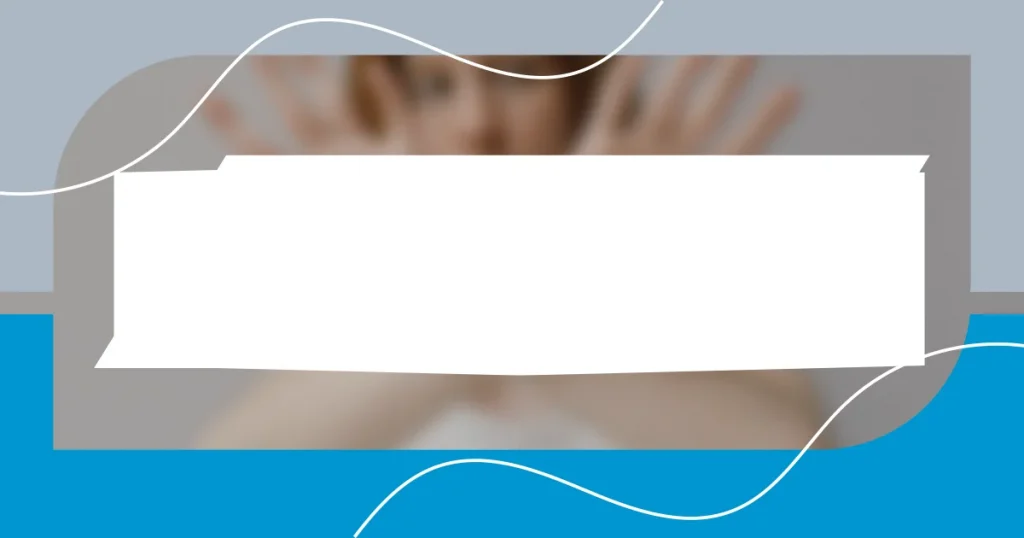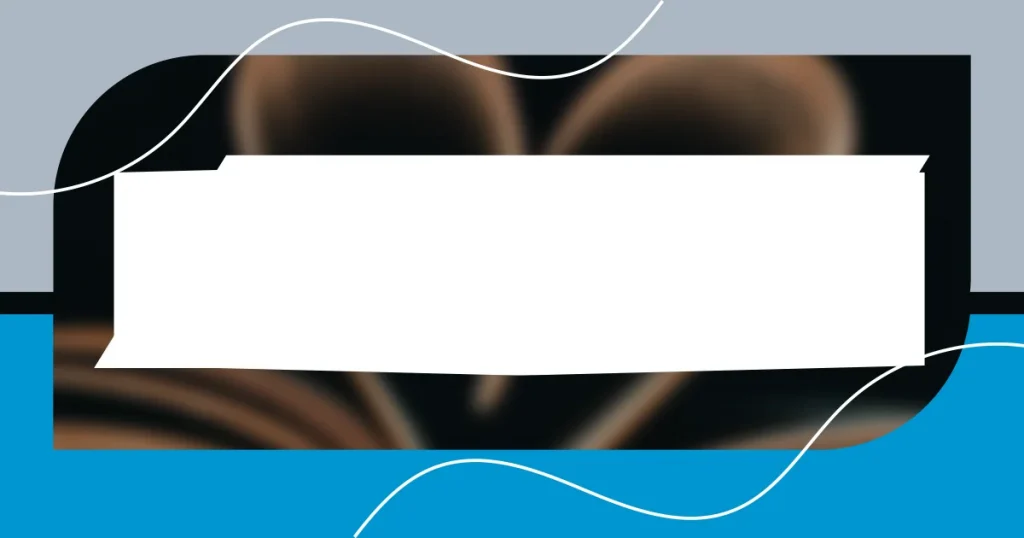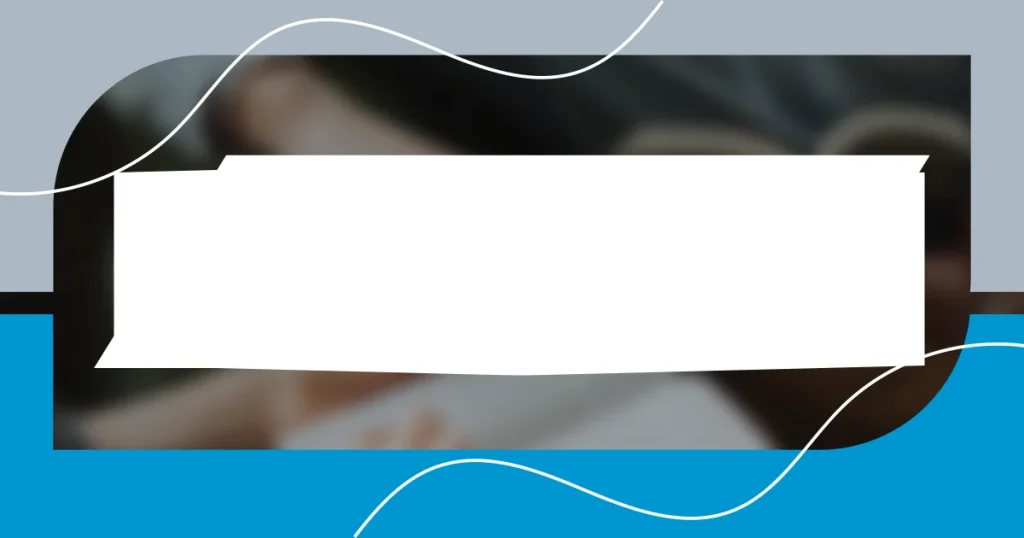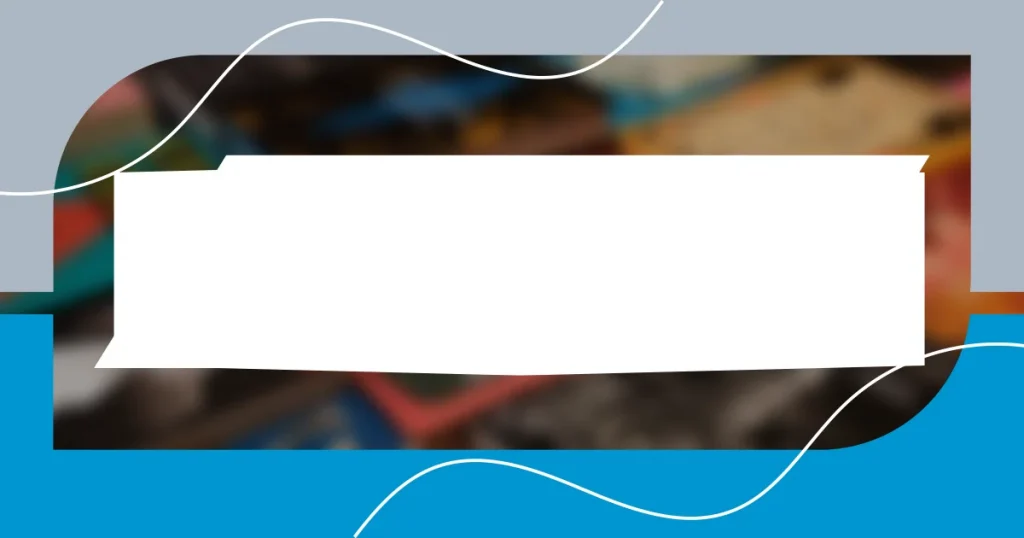Key takeaways:
- Ambiguous endings encourage personal reflection, prompting viewers to connect their own experiences and emotions with the narrative.
- Diverse perspectives enrich the understanding of ambiguous conclusions, allowing for deeper conversations and varied interpretations.
- Engaging techniques like journaling, discussion, and revisiting narratives help uncover new insights and foster a personal connection to the story.
Understanding ambiguous endings
Ambiguous endings can evoke a spectrum of emotions, often leaving the audience grappling with uncertainty. I remember finishing a novel where the last page faded to black suddenly, and I was left staring at it, my mind racing. Did the protagonist find peace, or was it just the beginning of their chaos? This experience made me realize how ambiguity can prompt us to reflect on our interpretations and feelings.
When a story concludes without a clear resolution, it allows for a personal connection to be formed. I often find myself pondering what the ending could mean for me. For instance, in films that leave the outcome open-ended, I find myself crafting multiple scenarios in my mind, each resonating differently with my life’s experiences. This gap invites deeper conversation between the creator’s intent and my own interpretations, creating an engaging dialogue.
What strikes me about ambiguous endings is their ability to linger in my thoughts long after I’ve finished the story. I often ask myself, “What if?” These questions turn into a way for me to explore my own uncertainties. Just like a beautiful piece of art that sparks varied interpretations, ambiguous endings compel us to find our own meaning, making the story more personal and impactful.
Relating to personal experiences
When I think back to some pivotal moments in my life, I often reflect on how they resemble the ambiguous endings of stories. There was a time I had to make a difficult career choice, and the uncertainty weighed heavily on me. Much like an open-ended narrative, I found myself replaying various possibilities in my mind, hoping to predict which path would lead to fulfillment.
I can’t help but remember a film I watched that left its final scene shrouded in mystery. As the credits rolled, I felt a sense of longing to decipher the implications just like I do with my own life decisions. That moment prompted me to ask: How would my life be different if I took risks? Just as in storytelling, my experiences mirror the complex threads of ambiguity, urging me to delve into my emotions and contemplate the various outcomes.
Every time I encounter an unclear conclusion in a story, it brings to the forefront experiences from my past, allowing me to relate and draw parallels. For instance, after a particularly tense family gathering, I couldn’t shake the feeling of unresolved tensions. Reflecting on that situation, I realized it mirrored the ambiguity I often see in stories; each character’s actions could be interpreted in myriad ways. This personal connection brings a profound sense of empathy, urging me to understand not just the narrative but also my own experiences in the light of those narratives.
| Ambiguous Ending | Personal Experience |
|---|---|
| A story that left me questioning the outcome | My career decision marked by uncertainty |
| A film that concluded with unanswered questions | A family gathering with unresolved tensions |
Analyzing different perspectives
When I approach ambiguous endings, I find that different perspectives can enhance my understanding. For instance, after finishing a book that left me unsettled, I discussed it with friends who saw the ending completely differently. Their interpretations opened my eyes to layers I hadn’t considered. I learned that multiple viewpoints can transform a perplexing conclusion into a rich tapestry of meanings.
- Each person brings their life experiences to the table.
- A single ambiguous scene can spark countless interpretations.
- The diversity of opinions can promote deeper conversations and understanding.
Thinking back to films that ended with more questions than answers, I recall a suspense thriller where the villain’s fate was left ambiguous. I spoke with fellow viewers who expressed outrage over the unresolved conclusion. However, for me, that uncertainty mirrored the unpredictability of life itself. They felt frustrated, while I felt liberated, realizing that ambiguity often reflects the complexities we navigate daily. This experience taught me that analyzing various perspectives on ambiguous endings can reshape our emotional responses, revealing how subjective our interpretations can be.
Embracing uncertainty in narratives
Navigating the waters of ambiguous narratives has always intrigued me. I remember watching a documentary that led to more questions than answers about a historical figure. It left me pondering: How does one truly measure a person’s impact when much is left unsaid? This uncertainty sparked a desire in me to investigate, pushing me to dive deeper into both the subject matter and my own viewpoints.
I’ve found that embracing the ambiguity in stories can evoke a powerful sense of connection. After finishing a thought-provoking novel, I was left contemplating the protagonist’s choices long after closing the book. Why did they make those decisions? What would I have done differently? These questions ignited a reflection on my own life, making the experience feel remarkably personal. It’s almost like each story serves as a mirror, inviting me to confront my own uncertainties and aspirations.
Sometimes, the most resonant stories are those that embrace unpredictability. There was a time I read a short story that ended without closure, leading me to a frustrating yet enlightening moment of self-reflection. It reminded me that life itself is often unresolved. In those moments, I realized that it’s not the tidy endings but the messy middle—the exploration and the journey—that truly matter. Embracing uncertainty in narratives not only enhances my appreciation of the art but also encourages me to be more open-minded in my own life, recognizing that the beauty often lies in the questions rather than the answers.
Finding interpretations that resonate
Finding interpretations that resonate often involves digging into what speaks to us personally. I remember finishing a film with an ambiguous ending, feeling this mix of confusion and curiosity wash over me. As I reflected, I realized the protagonist’s journey mirrored some of my struggles—like navigating choices with no clear path forward. Have you ever had that moment when you watch something that feels so connected to your experience? It’s incredible how narratives can crystallize our own thoughts and emotions.
Another time, after reading a poetry collection that left me pondering its meaning, I engaged with it on a deeper level. Instead of seeking a definitive interpretation, I let the poems simmer in my thoughts, considering how they intertwined with my life’s ups and downs. Each reading elicited new feelings and responses, revealing aspects of myself I hadn’t recognized before. This raw exploration highlighted how subjective interpretations can resonate, shaping our understanding uniquely with every encounter.
It’s fascinating to think about how personal experiences influence interpretations. A close friend shared their viewpoint on an ambiguous book ending that initially perplexed me. While they focused on the theme of loss, I found myself drawn to the thread of resilience woven throughout. In that moment, I recognized how our backgrounds shape the lens through which we view stories. Engaging with others and openly discussing our interpretations creates an enriching dialogue, where resonant meanings often emerge from the interplay of varied perspectives. Isn’t it remarkable how a single ending can create such a tapestry of thoughts and feelings?
Techniques for deeper engagement
When seeking deeper engagement with ambiguous endings, I often turn to journaling. I recall one evening after finishing a novel that left me hanging, my thoughts were racing. Instead of letting the uncertainty swirl in my mind, I grabbed a notebook and started writing. By putting pen to paper, I uncovered a tapestry of emotions—fear, hope, and even frustration. Isn’t it interesting how reflecting in this way can create clarity? Writing transforms my chaotic thoughts into something coherent, allowing me to connect the dots between the narrative and my own life.
Another technique I embrace is discussing what I’ve read or watched with friends. I remember a spirited conversation I had after seeing a film that ended on an ambiguous note. One friend was frustrated by the lack of resolution, while I found it liberating. Engaging in this back-and-forth helped me see facets I hadn’t considered, expanding my understanding. It’s astounding how different perspectives can illuminate hidden layers in a story. Have you ever found yourself surprised by how a friend’s view changes your interpretation? It’s this collaborative dialogue that fosters richer engagement.
Lastly, I savor revisiting ambiguous endings over time. I have a habit of returning to my favorite films and books, often years later. Each revisit unearths new insights that resonate differently at various life stages. Reflecting on an ambiguous ending in light of my current experiences often brings fresh emotions to the forefront. Isn’t it fascinating how we evolve while the stories remain? This continuous relationship with the narrative deepens my engagement, allowing me to find meaning in ways I hadn’t anticipated before.
Creating personal conclusions
Creating personal conclusions after experiencing an ambiguous ending requires a thoughtful approach. I find that letting my mind wander and reflect on the story can lead to surprising insights. For instance, after finishing a series that left so much unresolved, I took a long walk, allowing the plot twists to bubble to the surface. It struck me how the unresolved threads reflected my own uncertainties in life. Have you ever realized how a story mirrors your own experiences?
One method I cherish is creating a mind map of my thoughts. There was a time I dove into a complex novel, and the finale left me perplexed, but mapping out key themes and character arcs helped me visualize my feelings. This act of mapping transformed my jumbled reflections into a coherent narrative, shedding light on why the ending resonated with me. Doesn’t it feel enlightening to dissect thoughts in such a tangible way?
Sometimes, I also turn to art as a means of expression. After watching a documentary with an open-ended conclusion, I found myself compelled to paint my interpretation of the emotions it stirred within me. This creative outlet allowed me to connect deeply with the story—it was as if I were conversing with the narrative itself. Have you ever expressed your feelings about a story through your own creative medium? Engaging in this way reveals layers of meaning that words alone may not capture.











